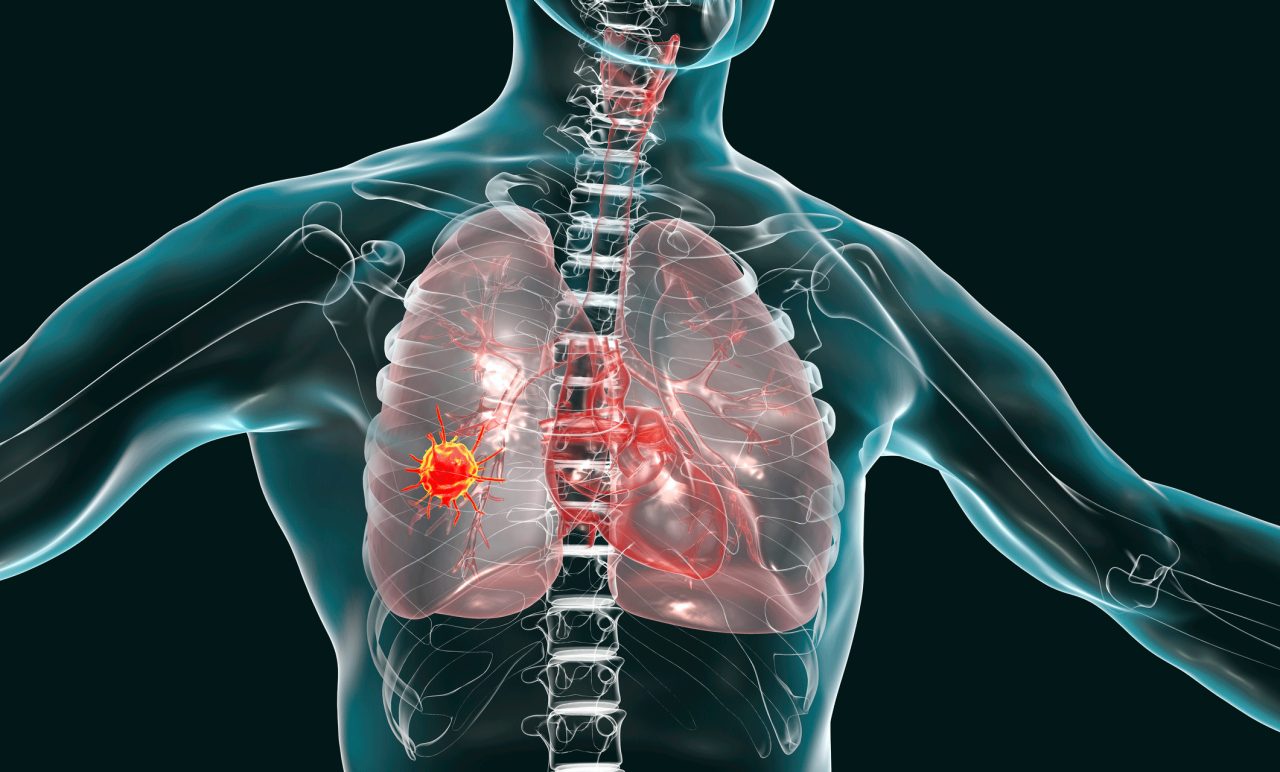You Can Get Lung Cancer Even If You Never Smoked

While smoking is still the main risk factor for lung cancer, 12 percent of lung cancer patients never smoked. A possible culprit? Air pollution and genes increase your risk.
Cigarette smoking is still the main risk factor for lung cancer. But 12 percent of U.S. lung cancer patients never smoked.
You’re more likely to get cancer without smoking if you’re female. Only 84 percent of U.S. women with a new lung cancer diagnosis have a history of smoking (compared to 90 percent of men). Lung cancer patients who never smoked are a big enough group to make their scenario count as one of the top 10 cancers in the country. Lung cancer is at the top, accounting for a quarter of all U.S. cancer deaths.
The good news is that fewer people smoke, and lung cancer treatment is improving: deaths have been dropping faster than the rate of new cases. Also, people who never smoked aren’t more likely to get lung cancer today than in the past.
YOU MIGHT ALSO LIKE: I've Just Been Told I Have Lung Cancer
Who should be screened?
Right now, you’re advised to get a low-dose CT scan (they’re better than chest x-rays) if you’re 50 to 80 years old with a history of smoking a pack a day for 20 years (or two for 10 years) — if you’re still smoking or quit within the past 15 years.
Scientists and doctors are debating whether some groups other than smokers, particularly women, should be screened for lung cancer before they show symptoms.
The same CT could catch cancers in people who never smoked. For example, one study that analyzed data over 13 years found that CT screens caught cancer in 55 patients out of nearly 12,176 who never smoked, compared to 143 out of 16,631 people with a smoking history. Most of the non-smokers diagnosed with cancer had early stage tumors. The earlier you catch any cancer, the better.
If doctors did begin recommending screening of non-smokers, the main risk factors would be being female, exposure to air pollution or radon, a family history of lung cancer, and chronic lung infections or lung illnesses.
One big argument for more screening: Lung cancer tends not to cause symptoms until it’s advanced — and when symptoms do show up, they’re easily mistaken for the side effects of smoking or an infection.
It’s not clear whether there will be treatments specific to non-smokers, or if there is biological vulnerability in women that new medicines could treat. A drug called LP-300 boosted survival from 13 months to more than 27 when it was added to chemotherapy treating female nonsmokers. Some newer drugs for lung cancer targeting the immune response don’t work as well in non-smokers.
Early signs of lung cancer
Don’t panic if you have one of these not uncommon symptoms, which have many other, more likely causes than lung cancer. But they are a good reason to see a doctor right away, according to the American Cancer Society:
- A cough that does not go away or gets worse
- Coughing up blood or rust-colored sputum (spit or phlegm)
- Chest pain that is often worse with deep breathing, coughing, or laughing
- Hoarseness
- Loss of appetite
- Unexplained weight loss
- Shortness of breath
- Feeling tired or weak
- Infections such as bronchitis and pneumonia that don’t go away or keep coming back
- New onset of wheezing
If lung cancer spreads to other parts of the body, it may cause: bone pain (like pain in the back or hips).
If cancer spreads to the brain, you might get a headache, weakness or numbness of an arm or leg, dizziness, balance problems, or seizures
If cancer spreads to the liver, your skin and eyes may yellow, or you may haveswelling of lymph nodes in your neck or above your collarbone.
Updated:
May 19, 2021
Reviewed By:
Janet O’Dell, RN